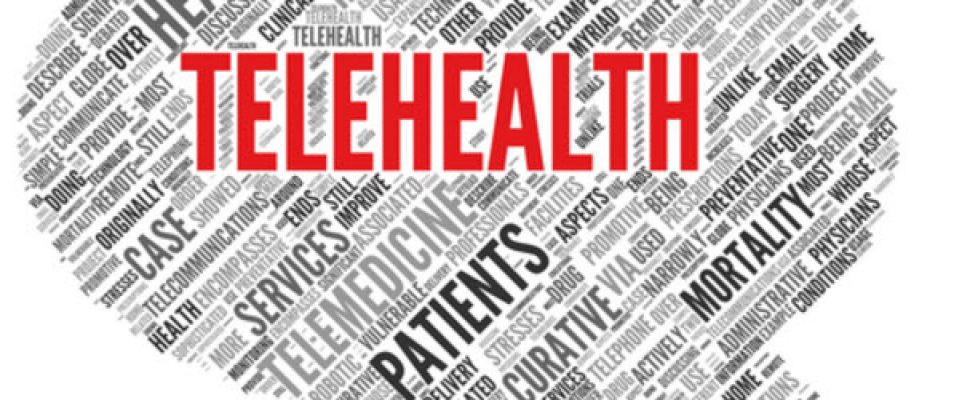Telehealth pilot program will improve health outcomes, reduce costs
Telemedicine might date back to the very first phone call ever placed. On March 10, 1876, Alexander Graham Bell voiced his now famous first words, “Mr. Watson, come here, I want you.” Watson would later circulate a rumor that Bell placed that first call for medical assistance after having spilled the phone’s battery acid on himself.
Whether Watson stretched the truth, or not, there is no doubt that telemedicine now plays a central role in the delivery of healthcare in this country. That is why we are announcing today the launch of the “Connected Care Pilot Program.” This new program will aim to reduce health care costs and spending by supporting technologies to connect patients and caregivers over the internet, particularly in rural and low-income communities.
Telemedicine has made great strides. Inside many hospitals and clinics, patients now have access to these cutting-edge and life-saving technologies. If specialized care is not available at a particular facility, patients can often use a broadband connection to visit virtually with a specialist on a screen as though they were meeting in-person.
A significant challenge remains. When patients leave these facilities, their access to high-tech healthcare can drop off entirely. And the results are alarming: Too many patients now go through the costly process of being readmitted within 30 days.
This is where connected care technologies are starting to make a difference. Telemedicine is no longer just about enabling connectivity among traditional brick-and-mortar healthcare facilities. The trend is towards connected care everywhere. Remote patient monitoring and mobile health applications that Americans can access on their smartphones or tablets while at home or work are part of a new and seamless way of delivering cost-effective, direct-to-consumer healthcare.
Mississippi has been leading the way. The University of Mississippi Medical Center, a national leader in telehealth, partnered with regional high-speed wireless provider C Spire, to launch a pilot program in 2014 that brought remote patient monitoring to those living with Type II diabetes and other chronic conditions in the Mississippi Delta.
Even accounting for program costs, the 100-person Mississippi pilot resulted in $678,000 in annual savings by reducing hospital readmissions. If just 20 percent of the state’s diabetic population were to enroll in this type of remote patient monitoring, Medicaid savings for Mississippi could be $189 million per year.
Nationwide, over 60 clinical specialties are benefiting from remote patient monitoring, including maternal and fetal care for high-risk pregnancies, pediatric cardiology, opioid dependency, as well as cancer, transplant, and stroke patients.
To improve outcomes, drive down costs, and increase access to healthcare, policymakers at every level of government should support this trend towards connected care everywhere. We look forward to launching the Connected Care Pilot Program and seeing positive results for patients across the country.

